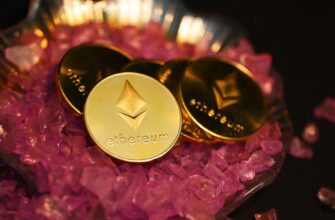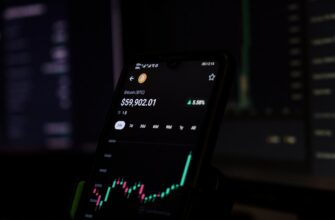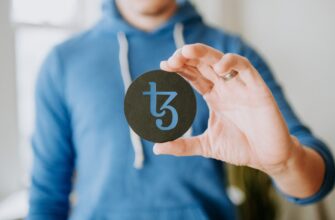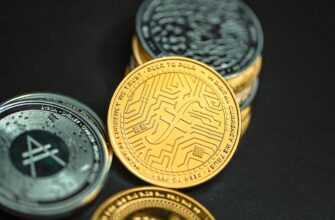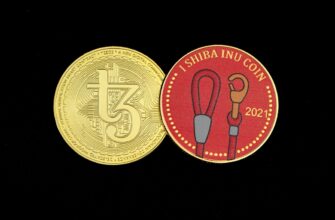Ethereum market cap (MCAP) represents the total market value of all circulating Ether (ETH) tokens. As the second-largest cryptocurrency by market capitalization, Ethereum’s MCAP serves as a critical health indicator for the broader blockchain ecosystem. Understanding this metric provides insights into investor confidence, network adoption, and Ethereum’s competitive position in the rapidly evolving crypto landscape.
What is Ethereum Market Cap?
Ethereum market capitalization is calculated by multiplying the current ETH price by its circulating supply. Unlike stock market caps, crypto market caps are highly volatile due to 24/7 trading and speculative activity. Key characteristics include:
- Real-time valuation: Fluctuates with price and supply changes
- Network dominance metric: Indicates Ethereum’s share of total crypto market value
- Adoption indicator: Higher MCAP often correlates with increased developer activity and dApp usage
How Ethereum Market Cap is Calculated
The formula is straightforward but relies on accurate data sources:
ETH MCAP = Current ETH Price × Circulating Supply
Critical components explained:
- Current Price: Determined by global exchange trading pairs (e.g., ETH/USD)
- Circulating Supply: Approximately 120 million ETH (excluding burned tokens from EIP-1559)
- Data Sources: CoinMarketCap, CoinGecko, and blockchain explorers provide real-time tracking
Why Ethereum Market Cap Matters
Beyond being a valuation metric, MCAP influences multiple aspects of the crypto economy:
- Investor Sentiment: Large caps attract institutional investment and reduce volatility
- Network Security: Higher valuation enables greater mining/staking rewards
- DeFi & NFT Growth: Projects built on Ethereum benefit from its liquidity and credibility
- Market Leadership: Maintains Ethereum’s position as the dominant smart contract platform
Key Factors Driving Ethereum’s Market Cap
Several interconnected elements impact ETH’s valuation:
- Network Upgrades: Successful transitions (e.g., Merge to Proof-of-Stake) boost confidence
- Tokenomics: ETH burning mechanisms reduce supply, creating deflationary pressure
- dApp Ecosystem: Growth in DeFi TVL and NFT markets directly increases utility demand
- Regulatory Landscape: Clear frameworks encourage institutional participation
- Bitcoin Correlation: ETH often follows BTC’s market movements during crypto bull/bear cycles
Ethereum vs. Bitcoin: The Market Cap Battle
While Bitcoin remains the largest cryptocurrency, Ethereum’s MCAP has consistently held second place with unique advantages:
- Utility Premium: ETH’s use in smart contracts creates intrinsic value beyond store-of-value
- Innovation Velocity: Faster protocol upgrades compared to Bitcoin’s conservative development
- The Flippening: Ongoing speculation about ETH potentially surpassing BTC’s MCAP
- Correlation Difference: ETH shows stronger correlation with altcoin markets than BTC
Future Outlook: Where Could Ethereum’s Market Cap Go?
Potential catalysts for MCAP growth include:
- Mass adoption of Ethereum L2 scaling solutions
- Institutional ETH ETF approvals
- Expansion of enterprise blockchain applications
- Increased token burning from network activity
- Successful implementation of future upgrades (e.g., Verge, Purge)
Analysts project Ethereum could reach a $1 trillion MCAP by 2030 if Web3 adoption accelerates.
Frequently Asked Questions
Q: How often does Ethereum’s market cap change?
A: It fluctuates continuously due to 24/7 crypto markets, with significant changes during high-volatility events.
Q: Can Ethereum’s market cap exceed Bitcoin’s?
A> Yes (“the flippening”), though this would require massive DeFi/NFT adoption and sustained ETH demand outpacing BTC.
Q: Why use market cap instead of token price for comparison?
A> MCAP accounts for circulating supply, providing a more accurate valuation metric than price alone.
Q: How does staking affect Ethereum’s market cap?
A> Staking locks supply, reducing selling pressure while generating yield – both potentially positive for MCAP growth.
Q: Where can I track Ethereum’s market cap in real-time?
A> Major trackers include CoinMarketCap, CoinGecko, and TradingView, which update prices and supply data continuously.

